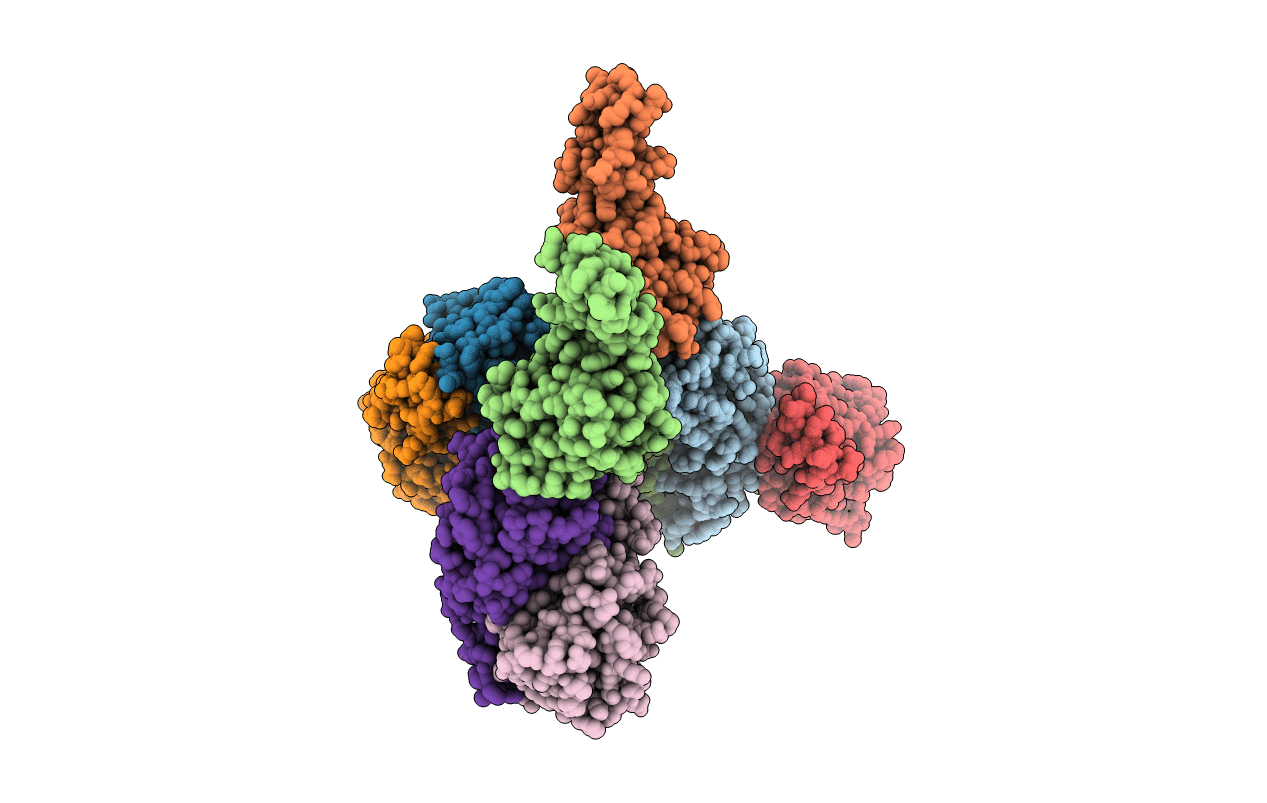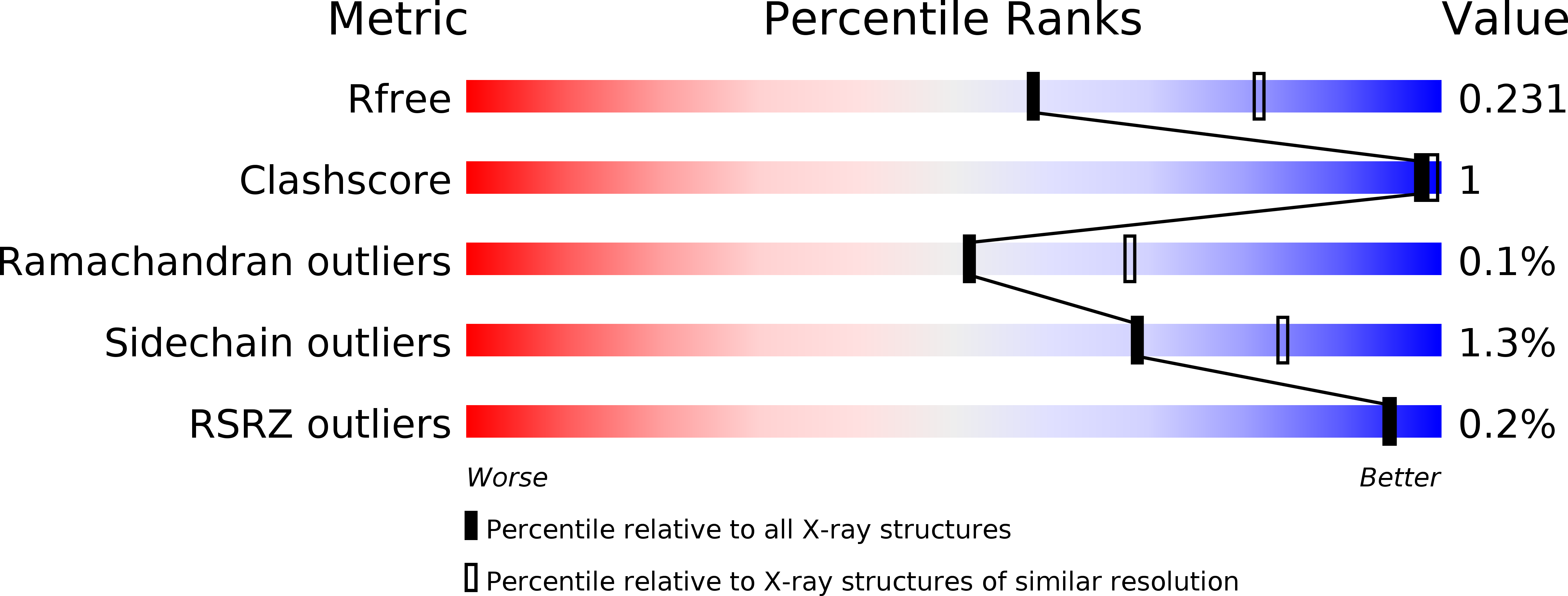
Deposition Date
2016-12-22
Release Date
2018-01-10
Last Version Date
2024-03-06
Entry Detail
PDB ID:
5UCX
Keywords:
Title:
Structure of S78C Human Peroxiredoxin 3 as three stacked rings
Biological Source:
Source Organism:
Homo sapiens (Taxon ID: 9606)
Host Organism:
Method Details:
Experimental Method:
Resolution:
2.40 Å
R-Value Free:
0.22
R-Value Work:
0.19
R-Value Observed:
0.19
Space Group:
I 2 2 2


